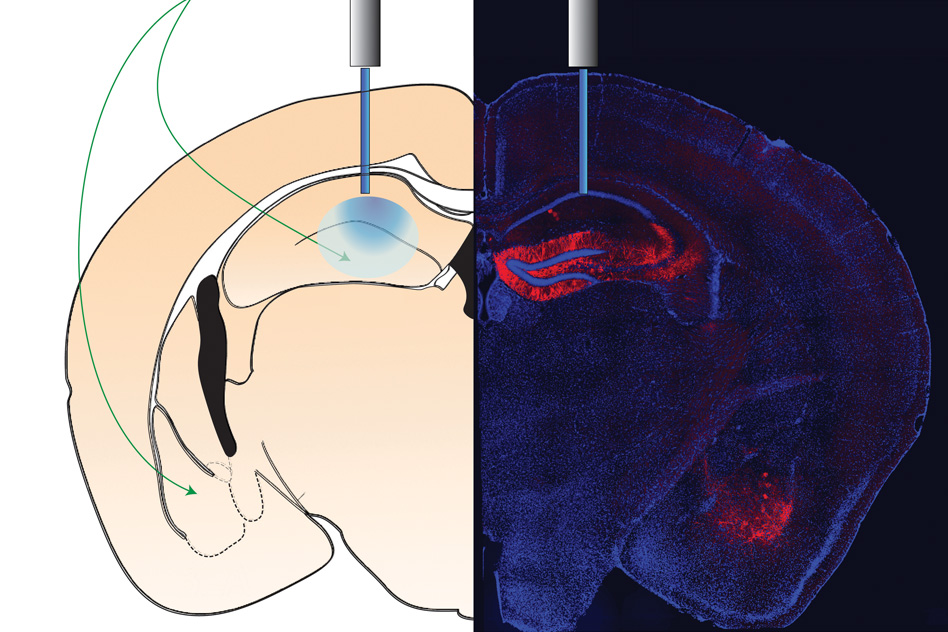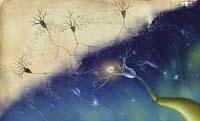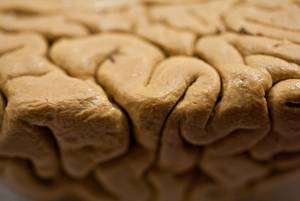Mice get bad memories to become good
2014/08/29 Galarraga Aiestaran, Ana - Elhuyar Zientzia Iturria: Elhuyar aldizkaria

Neuroscientists have explained that memories are composed of elements that are stored in a certain area of the brain but connected to each other. That is, memories of lived experiences are encoded in neuronal networks. For example, information about places (where) are stored in the hippocampus and associated emotions (what type) in the amygdala and the connections between them.
Researchers have focused on these connections and have investigated in mice if they can be changed. For this purpose they have used optogenetics. In fact, this technique allows to transform the genetic activity of neurons through light, which has already been used in other experiments related to memory at MIT itself.
The current experiment starts from a previously tested process. In this process, the neurons of the hippocampus are marked while memories are being produced, generating a light-sensitive protein. Thus, whenever marked neurons are activated through the light, the mouse evokes your memory.
Once this was done, they conditioned the emotion they felt towards the place where the mice were, making live a pleasant or unpleasant experience. However, two days later the situation was changed and marked neurons were activated, at the same time they were given an experience contrary to what was lived in the past. For example, if male mice were made to feel fear in a given place, then they allowed them to be with a female mouse while activating those neurons.
Then they returned to the place where they were conditioned and demonstrated that they had lost the initial emotion. For example, those male mice no longer felt fear in that place where they were taught to have the first fear. They managed to change the emotion of the place.
The study has been published in the journal Nature. The authors, in addition to treating people with traumatic memories, consider it useful to understand other mental illnesses.

Gai honi buruzko eduki gehiago
Elhuyarrek garatutako teknologia






